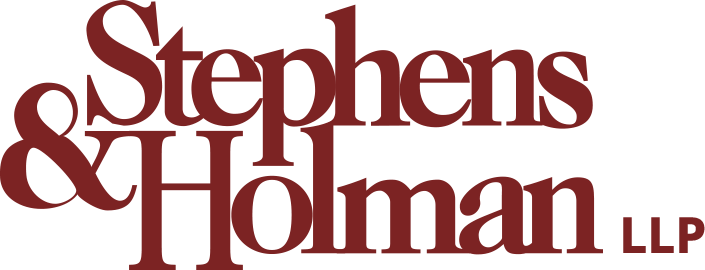According to the Canadian Institute for Health Information, unintentional falls are the leading cause of injuries that require hospitalization and emergency department visits in Canada. These accidents can result in several types of injuries, including broken bones, lacerations, and concussions. In some cases, a slip and fall is so life-altering that victims require long-term medical care. When these falls occur on another person’s property, such as a retail or grocery store, they may be the result of hazardous conditions. Property owners may create dangerous premises and may be liable for damages if their failure to maintain a property creates a hazardous environment where members of the public are at risk of injury.
Examples of Dangerous Premises
Shoppers entering grocery or retail stores should expect a hazard-free, safe experience. Unfortunately, accidents do sometimes happen. Examples of dangerous premises in grocery and retail stores include:
- Wet or slippery floors from spills, mopping, or melted ice and snow
- Poorly maintained flooring with cracks, tears, or uneven surfaces
- Cluttered aisles filled with boxes, products, equipment, or debris blocking pathways
- Inadequate lighting that reduces visibility, such as dim, flickering, or broken lights
- Loose shelving
- Broken or malfunctioning escalators
- Unmarked hazards, like construction zones
Dangerous premises that result in slips and falls can happen any time of year. These unfortunate events are most likely to occur during the winter when ice and snow accumulate. Areas such as parking lots and walkways are particularly high risk. Winter conditions also make the indoor environment dangerous when melted snow and debris are not cleared from entryways or items intended to improve safety like floor mats are not used correctly. Other types of dangerous premises specific to grocery stores and other retailers involve general inattentiveness and negligence by ownership and management.
Types of Injuries Resulting from Slip and Falls
Slip and fall accidents can result in serious injuries requiring medical care and even hospitalization. Canada’s seniors are most likely to experience serious or long-term injury from a fall but children and otherwise healthy adults can also be harmed. You may be unable to work or complete day-to-day activities while injured. These injuries can even result in chronic pain and permanent disability. The types of injuries that commonly result from slips and falls are:
- Concussions
- Brain injury
- Neck and head injuries
- Broken bones
- Facial injuries
- Lacerations
Is a Store Liable for a Customer Injury?
According to the Occupiers’ Liability Act, the owners and occupiers of a property have a duty to keep the premises in a reasonably safe condition. If failing to meet this legal requirement results in injury to a customer or other member of the general public, the victim may make a claim against the owners and/or occupiers. Victims of slip and fall accidents have two years from the date of their injury to file a claim.
It is important to note that grocery stores and other retailers can have more than one type of occupier. An occupier could include both the owner of the building and the organization operating within it. If the physical space is rented by a grocery store, the courts will decide who is responsible for your slip and fall. In some cases, both the owner and the tenant could be responsible, depending on the hazard that led to your slip and fall.
Avoiding Accidents
Ideally, property owners and managers follow all provisions required by the Occupiers’ Liability Act. To maintain safe premises and adhere to the law, basic property maintenance should include:
- Shoveling and salting walkways during winter conditions
- Keeping floors and aisles clear of hazards such as slippery liquids or clutter
- Keeping floors level, without sudden drops or changes in height
- Clearly marking unavoidable hazards like construction zones and wet spots
- Adhering to local building codes
What Happens If You Slip and Fall In a Store?
If you slip and fall in a store, you may be entitled to compensation if the fall was caused by unsafe conditions on the property. There are several steps you should take following the accident. Be sure to report the incident to a store employee, manager or security guard. It’s imperative to quickly seek out medical care. A doctor will assess your condition and provide you with a diagnosis and treatment. Ask a loved one or a witness to call the authorities. They can help you document the scene, such as obtaining photos, surveillance footage, or witness statements. Police may also create an accident report detailing the incident. When you are able, gather all documents and evidence to bring to a lawyer. Stephens & Holman will review your case and let you know what your legal options are. Get in touch with us today for your free consultation.
